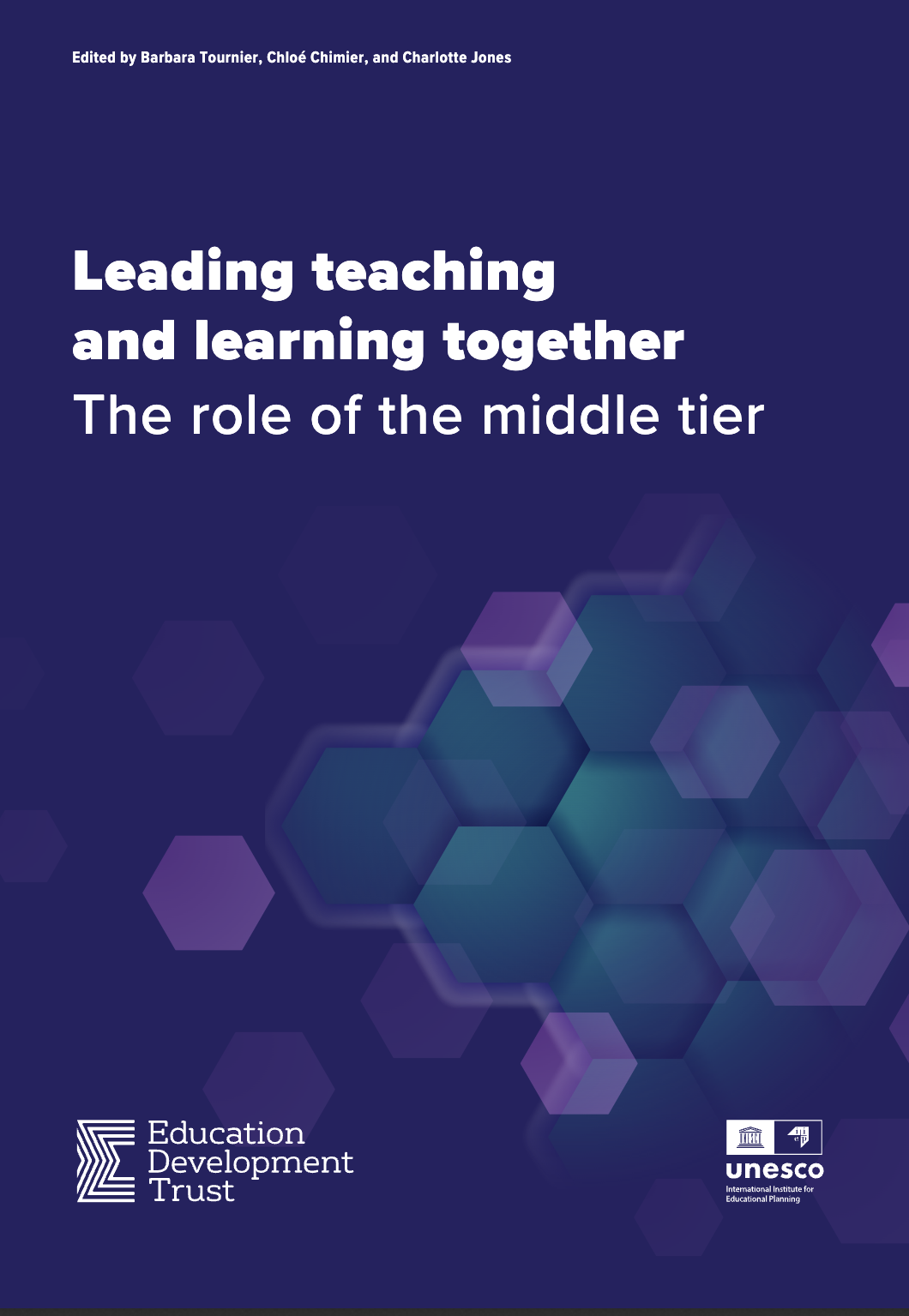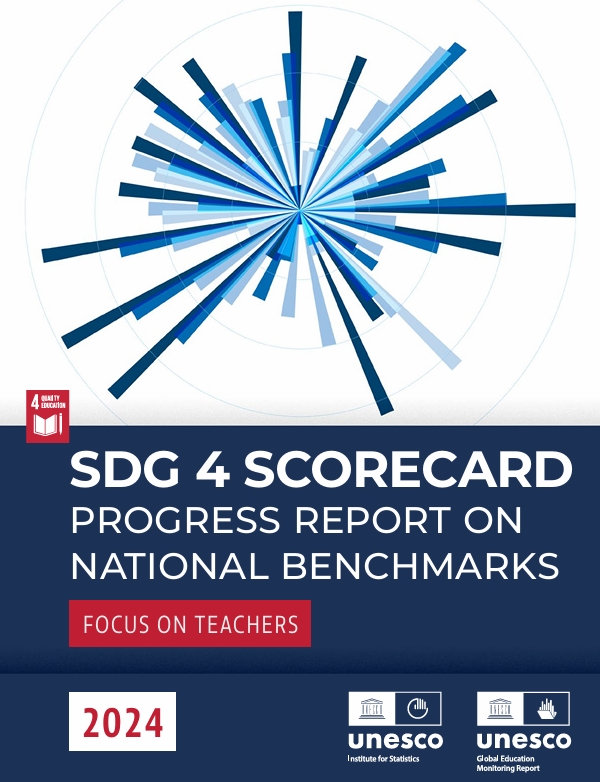What is the middle tier and why does it matter?
The need to improve the quality of learning is one of the most important challenges facing education policy-makers. The world is facing a learning crisis, and at its core is a teaching crisis. The Covid-19 pandemic has exacerbated learning and teaching problems and, in many places, worsened outcomes for disadvantaged students. There is an urgent need for purposeful action to address the question of teaching quality.
Many forces determine teachers’ effectiveness. One relatively neglected but significant factor is the nature of the professional support that teachers receive locally. Almost every system includes a middle tier of administration and management linking the school and the central ministry of education. This report considers the potential role of middle-tier actors as a force for good in the improvement of teaching practice.
The ‘middle tier’ refers to the sub-district, district, or regional levels of education systems – the often complex area positioned between schools and state-level policy-making. It may look very different from one country to the next, depending on a country’s size and administrative set-up, level of system (de)centralization, and breadth of mandate. The middle-tier workforce typically comprises a wide range of professionals with planning and management as well as pedagogical support functions, and can include school professionals who have stepped up to offer leadership and support to practitioners beyond their own school. As the representatives of the ministry who are closest to the schools, and simultaneously the representatives of schools and practitioners to the ministry level, they play a pivotal role in improving education systems. As intermediaries in systems, middle-tier actors are responsible for implementing and monitoring national education policy at the local level. When empowered to do so, they can drive the entire system by ‘leading from the middle’.
Policy-makers often find education systems resistant to reform. They struggle to find ways to translate a high-level policy vision into operational reality on the ground. Here the middle tier is crucial, since it has the power to champion and mediate reform at the local level and to provide policy-makers with invaluable feedback on aspects of policy that school professionals find problematic.
Almost all education systems possess a middle tier, and most of them budget for salaries of middle-tier professionals. Strengthening this group can thus be a low-cost but high-impact policy priority, and increasing its effectiveness can generate a disproportionately large benefit in terms of the productivity of the whole school system.
This research report is concerned with how to improve teaching and learning, and focuses on instructional leaders and actors with pedagogical support functions in the middle tier. By instructional leadership we mean activity dedicated to supporting teachers and school leaders in their practice and professional growth. We distinguish those roles from other (equally important) ones at the middle tier which focus on administrative support functions. As supervisors, cluster co-ordinators, current or former teachers, and school leaders, instructional leaders have an acute understanding of teachers’ needs.
Our initial assumption is that the instructional support that teachers receive from intermediate levels of the education system can improve pedagogical quality and learning in several ways. However, we also assume that this transformational role is often undeveloped in the real world, where the middle tier too often focuses largely on top-down direction and compliance monitoring, adding little value to classroom practice and teacher professionalism. We make a case for the need to reorient middle-tier roles towards instructional leadership.
Read the full report on the UNESDOC website.






